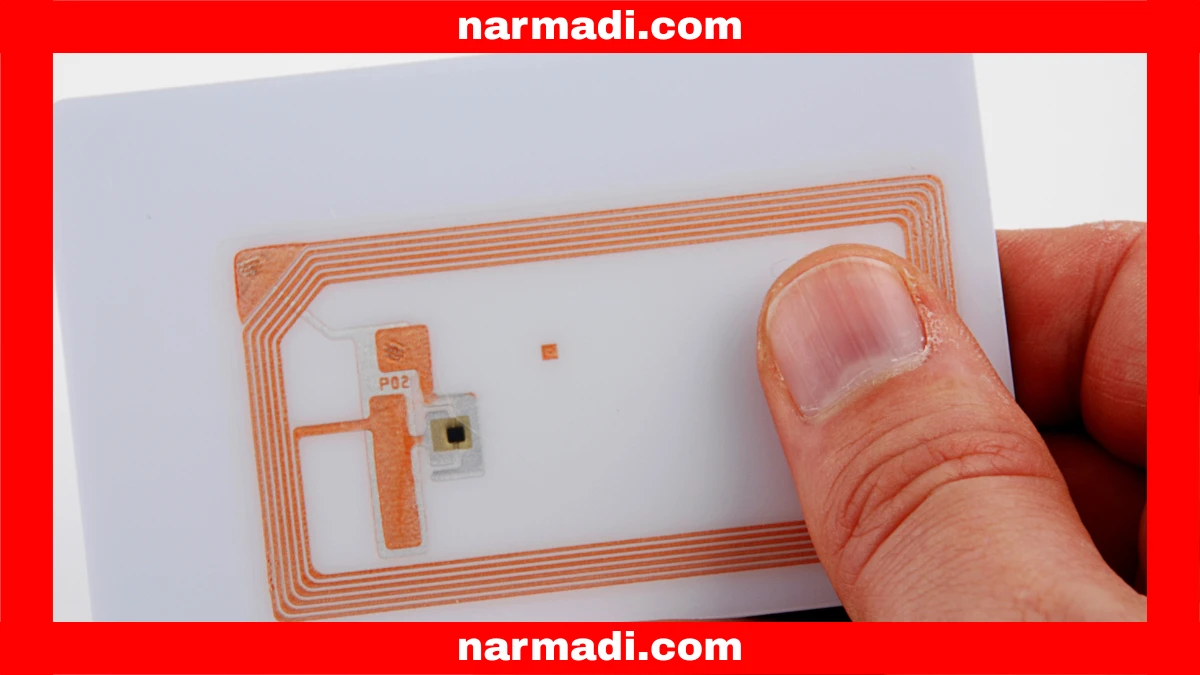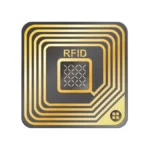Radio Frequency Identification (RFID) Gen 2 tags are a type of passive RFID tag with Ultra High Frequency (UHF). These tags, which typically operate at frequencies between 860-960 MHz, are the standard for applications such as access control and inventory management.
The main advantage of Gen 2 RFID tags is their ability to read from a distance. These tags have four memory banks, namely EPC memory, TID memory, user memory, and reserved memory. Each type is equipped with a chip that has a different storage area structure for writing data.
This article will help you understand the four memory banks found in Gen 2 RFID tags. That way, you will learn things that may not be widely known.
Also Read
Table of Contents
The Type of Memory on Gen 2 RFID Tags

1. EPC Memory
EPC (Electronic Product Code) memory is designed to store unique codes used to identify individual products in supply chains and applications. This memory can also be programmed with custom codes, such as service numbers, inventory numbers, or serial numbers.
This memory bank of this Gen 2 RFID Tags has a minimum storage capacity of 96 bits, which is sufficient for many applications. Some RFID tags also allow additional space from user memory to be allocated to EPC memory.
The main function of EPC memory is to efficiently track and manage products. Examples of its use are typically in supply chains, asset management, and industry.
2. TID Memory
TID (Tag Identifier) memory is designed to store the unique identification number of an RFID tag. This identifier is read-only and is set by the manufacturer when the chip is created.
Memory bank of this Gen 2 RFID Tags has a length of between 32 and 80 bits and cannot be changed or deleted after production. The beginning of the TID indicates the manufacturer, with each company having a unique set of codes.
The main function of TID memory is to assign a globally unique identification number to each tag. Examples of the use of this memory are typically for inventory asset management, animal tracking, and automatic authorization.
3. User Memory
User memory is designed to store additional data outside of the EPC, such as temperature or maintenance log data, expiration dates, additional serial numbers, or to group tags for specific functions. This memory can be configured with access restrictions for security, such as locking certain blocks so that only authorized users can read or write the data.
Some RFID chips of this type are equipped with user memory of varying sizes, depending on the tag, ranging from a few hundred to thousands of bits, for example, 512 bits, 4k, or 8k. A well-known example is the Monza 4QT chip, which provides 512 bits of user memory. However, other RFID tags offer much larger storage capacities, reaching up to 4 or even 8 kbit.
The main function of user memory is to store additional data. Examples of its use include inventory management, product identification, asset tracking, and attendance systems.
4. Reserved Memory
Reserved memory is designed for security-related data, specifically blocking passwords and access passwords. This memory cannot be used to store user data, but only for applications that require sensitive data security.
This type of RFID is equipped with a special memory bank (bank 00) that stores two 32-bit passwords: an access password and a delete password. The access password is used to lock and unlock the write function on the tag, while the delete password is used to permanently deactivate the tag, although this feature is rarely used.
The main function of user memory is to store passwords that control access to other memory banks. An example of its use in retail is to allow the cashier system to deactivate RFID tags, thereby preventing security alarms from sounding when customers leave the store.
How to Choose Memory Type Gen2

When choosing Gen 2 RFID Tags, you need to consider several factors, ranging from identification purposes to additional data requirements and industry standard compliance. You also need to look at the cost of each memory type in order to choose the best one.
For standard asset or inventory identification, EPC memory is sufficient, whereas for additional security and remote deactivation, you will need to choose reserved memory. Additionally, for additional data requirements, user memory can be an option as it offers a sufficiently large capacity.
As a standard, most industrial applications use EPC memory. For global supply chain applications, compliance with the GS1 EPC standard is required. In terms of cost, EPC memory is also more affordable compared to the more expensive user memory.


















